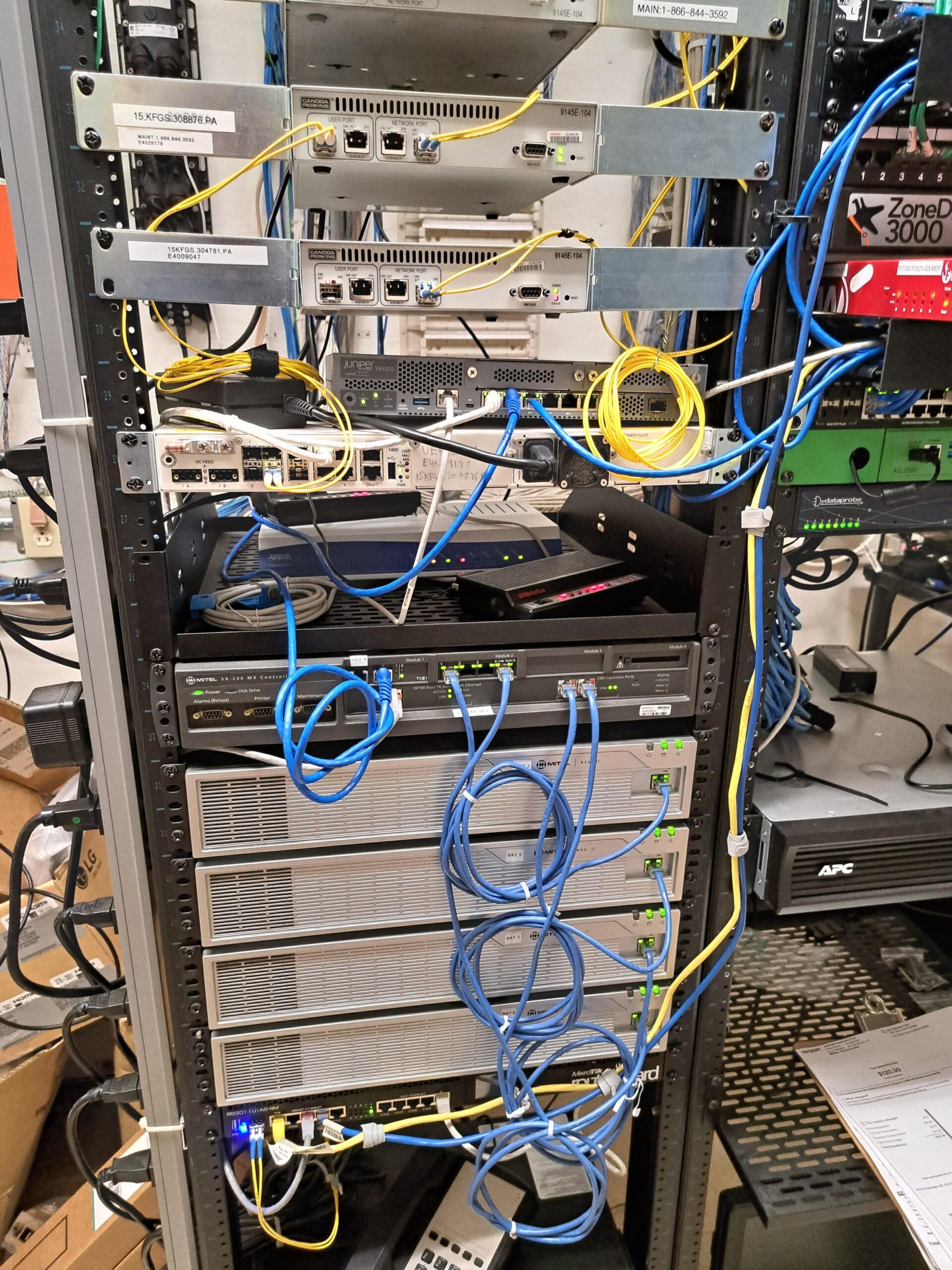Introduction
The rise of robocalls, telemarketing, and other unwanted communications has prompted significant developments in call-blocking technologies. These tools, supported by both service providers and third-party applications, help consumers regain control over their phone lines by preventing unwanted or illegal calls from reaching them. The Federal Communications Commission (FCC) has reported that billions of such calls are blocked annually, demonstrating the effectiveness and importance of these tools. This article will provide a comprehensive overview of the call-blocking and labeling resources available to consumers, with additional links for further exploration.
Table of Contents
The Role of Phone Companies in Call Blocking
Phone companies are at the forefront of the battle against unwanted calls. By analyzing calling patterns, they can identify and block suspicious activity even before it reaches consumers. Many service providers also offer consumers the ability to enroll in additional call-blocking services, either through the provider’s offerings or by recommending trusted third-party applications. Depending on the service provider, blocked calls might be handled differently—some may go straight to voicemail, others may result in a brief ring with caller ID information, while some may be entirely silent.
- Learn more about how phone companies handle call blocking: FCC Consumer Guide on Call Blocking.
Opt-In Call Blocking Services
To protect consumers from the increasing volume of robocalls, some phone companies automatically enroll their customers in call-blocking services. While this automatic enrollment is designed to enhance protection, consumers have the option to opt-out if they are concerned about missing legitimate calls. Beyond blocking, many companies also offer call labeling, which categorizes incoming calls as “spam,” “scam likely,” or similar descriptors, allowing consumers to make informed decisions on whether to answer.
- Find out if your service provider offers automatic call blocking: FCC’s Call Blocking FAQs.
Key Call Blocking and Labeling Resources
Here’s an overview of the key resources available across various platforms and providers to help you block or label unwanted calls:
- Wireless/Mobile Providers:
- AT&T: Offers the ActiveArmor mobile security app to help stop spam and scams.
- Google Project Fi: Provides call-blocking options specifically for Project Fi users.
- T-Mobile: Features the ScamShield app designed to block robocalls and scams.
- U.S. Cellular: The CallGuardian service offers advanced filtering and blocking for spam and illegal calls.
- Landline/Wireline/VoIP Providers:
- AT&T: Provides details on Digital Phone Call Protect, among other features.
- CenturyLink: Offers tips and tools for blocking unwanted landline calls.
- Comcast: XfinityVoice subscribers can access various call-blocking options.
- Frontier Communications: Provides call-blocking tools and services for consumers.
- Spectrum: Offers a guide for using Call Guard to block robocallers.
- Verizon: Residential customers can explore options to stop unwanted calls.
- Third-Party Analytics Resources:
- First Orion: Provides tools and services for mobile users and businesses to block unwanted calls.
- Hiya: Offers an app that stops mobile spam and includes caller ID and blocking features.
- Nomorobo: Delivers call-blocking solutions for both VoIP landlines and mobile phones.
- TNS Call Guardian: Provides robocall protection solutions tailored for businesses.
- YouMail: Offers apps and services that protect consumers from spam calls and include solutions for businesses.
- Wireless Device Solutions:
- Apple: iPhones feature an opt-in “Silence Unknown Callers” setting to screen and block unwanted calls.
- Google: Pixel phones come with “Call Screen”, a built-in call-screening feature, while the Phone by Google app helps avoid spam calls. Google Voice users can also block unwanted spam calls.
- Samsung: The Smart Call feature allows users to report and block unwanted calls.
- Trade Association Consumer Resources:
- CTIA: Provides consumer resources for stopping robocalls.
- US Telecom: Offers consumer information to help combat illegal robocalls.
Best Practices for Avoiding Legitimate Calls Being Blocked
For businesses and legitimate callers, it is essential to avoid having their calls mistakenly blocked. The FCC recommends several best practices to minimize this risk:
- Use a Valid Number: Always display a valid outgoing number.
- Avoid Invalid Numbers: Never substitute or display an invalid caller ID number.
- Check with Providers: Regularly consult with phone companies and third-party analytics firms regarding consumer complaints related to your numbers.
- Know the Rules: Obtain explicit consent before making prerecorded or autodialed calls. Adhere to the Do Not Call provisions.
- Learn about the FCC’s rules for legitimate businesses: FCC Guide on Legal Calling Practices.
Understanding FCC Authorizations
The FCC authorizes voice service providers to block certain types of calls without requiring consumer consent. These include:
- Calls from unassigned, unallocated, or invalid numbers.
- Calls from numbers on the Do Not Originate list.
Additionally, providers may block calls deemed unwanted based on reasonable analytics. However, consumers must be allowed to opt-out of this type of blocking.
- Explore more about FCC-authorized call blocking: FCC Consumer Guide on Robocalls.
Filing a Complaint
If you believe you have been wronged by unwanted calls or call blocking, you can file a complaint with the FCC in multiple ways:
- Online: File a complaint.
- By Phone: Call 1-888-CALL-FCC (1-888-225-5322).
- By Mail: Address your complaint to the FCC Consumer and Governmental Affairs Bureau, Consumer Inquiries and Complaints Division, 45 L Street NE, Washington, DC 20554.
- Learn more about filing a complaint: FCC Complaint Center.
Conclusion
As the volume of robocalls and spam calls continues to rise, consumers must arm themselves with the latest tools and resources to block and label these unwanted communications. From service provider offerings to third-party apps and built-in phone features, there are numerous ways to protect yourself from the intrusion of unwanted calls. By staying informed and utilizing these tools, consumers can better manage their call experience and minimize the disruption caused by illegal and unwanted calls.
For further reading and updates on call blocking, please visit the FCC Consumer and Governmental Affairs Bureau.

